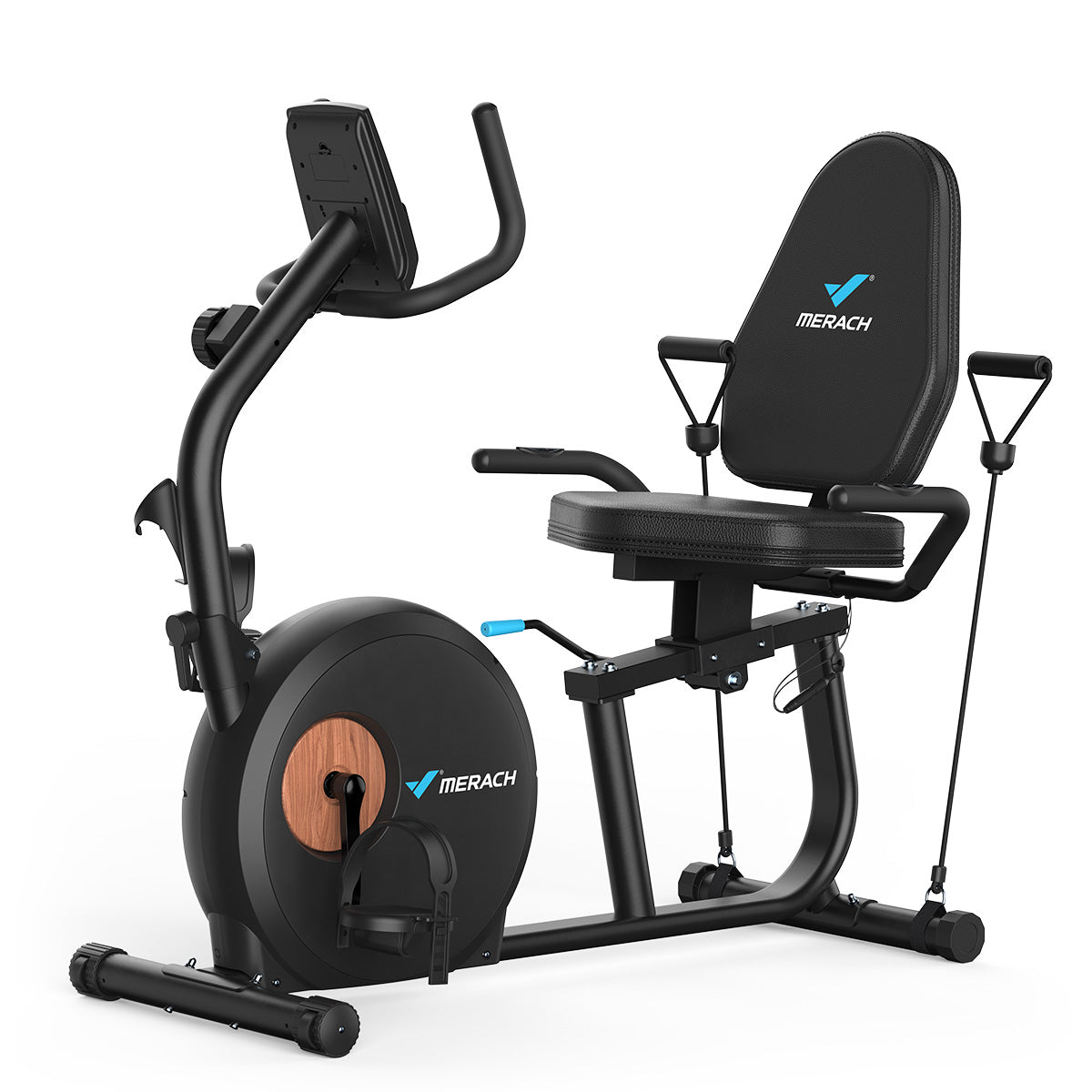The Advanced Neurological Treatment That Is Changing Contemporary Critical Care

Rapid advancements in medical technology have led to a great deal of growth in critical eye care. This is an industry that is constantly striving for new treatments and therapies for patients who have suffered trauma to their eyes or who are suffering from degenerative eye diseases. The introduction of advanced equipment has helped doctors during pupil evaluation. These advances have led to the creation of the pupilometer.
What is a Pupillometer?
A pupilometer is a specialized medical device that measures a patient’s pupil size and its reaction to light. It records this information in order to diagnose and monitor the effectiveness of treatment for a variety of eye conditions.
The pupilometer is used to help diagnose neurological and optic nerve diseases, as well as a variety of medical conditions that cause the pupil to dilate or constrict.
The role of the pupillometer in the healthcare industry
Pupillometry is a very cost-effective diagnostic tool when compared to other methods, such as Magnetic Resonance Imaging (MRI) or Computed Tomography (CT) scans. Additionally, it is non-invasive, painless, and reliable. It is also much faster than other techniques and thus can cut costs and reduce patient waiting times.
It is an increasingly used technique in the field of ophthalmology, where it is primarily used by optometrists and ophthalmologists. Pupillometers are also used as a research tool by vision scientists to better understand issues of binocular vision and visual perception.
The pupilometer helps identify patients who are especially likely to be affected by neurological damage. It can also help monitor the effectiveness of treatment for these medical conditions and may even help in the early detection the neurological issues, leading to better critical care.
The pupilometer is also used to help diagnose a number of other disorders that affect vision, such as optic neuritis, ischemic optic neuropathy, and even certain vision problems caused by damage to the optic nerve.
Types of Pupillometer
There are two types of pupillometer, and they are used in different situations.
1. Video Pupillometer
As its name implies, the video pupillometer is a device that shoots live video of the pupil of a patient. It is used to diagnose disorders of the optic nerve, such as optic neuritis and optic neuropathy, and disorders of the retina, such as macular degeneration, diabetic macular edema, uveitis, and retinitis pigmentosa.
2. Digital Pupillometer
The digital pupillometer is used in clinical practice because it is portable, very easy to use, and inexpensive. In order to measure the eye’s reaction to light, the light is shone at the eye through a lens and directed into the pupil. This small light causes the pupil to constrict, which is recorded in a machine that calculates the degree of constriction.
Advantages of the Pupillometer
The pupilometer offers many advantages to the patient, the doctor, and the optometric industry.
- 1. Pupillometer is relatively cost-effective.
The other forms of ophthalmic testing take a long time to conduct and are very expensive. With the pupilometer, the examination is more economical, and the results are easier and more accurate.
2. It is a non-invasive method of ophthalmic diagnosis.
The pupilometer is a much less invasive test for the patient. The patient does not have to endure uncomfortable and time-consuming testing procedures. It’s also much less time-consuming for the doctor.
3. Widely used in the diagnosis of ophthalmological problems
Most eye diseases are recognized by changes in the shape and size of the pupil, which are related to the way light is focused on the retina. Thus, the pupilometer is the best method of the ophthalmic examination.
4. It is useful in the diagnosis of neurological disorders
In some cases of neurological illness, the size and shape of the pupil will not be affected. However, the response time to light and the reaction times will be affected. Thus, by using the pupilometer to examine the pupils, the doctor can clarify the initial diagnosis and propose a treatment plan.
5. Precise and fast results
By using a pupilometer, the doctor can observe the changes in pupil reactivity in real-time. In addition, the accuracy of the equipment is relatively high, and the results are also very accurate.
Applications of the Pupillometer
The pupilometer has found applications in various fields, including:
1. Neurology
Pupilometry can be used to examine the pupils of patients who have neurological problems. It can assist in the diagnosis of many conditions and can help monitor the progression of the illness.
The pupillometer is used to observe the changes in the size of the pupil under different stimulus conditions, and it can also be used to observe the reaction times of the pupils.
2. Oncology
In oncology, the pupilometer can be used to observe the complex relationship between the size of pupils and the level of anxiety felt by patients. Increased pupil size (mydriasis) is usually a symptom of many serious conditions.
Since drug abuse is usually accompanied by an increase in mydriasis, the pupilometer can be used to monitor patients for addiction. The pupilometer can also be helpful in the evaluation of patients with suspected brain tumors.
3. Psychology
The pupilometer can be used to assess the mental state of patients by observing their eye movements. A correlation has been shown between the fluctuation and movement of the pupils in response to stimuli and the reaction time of the subject.
Conclusion
The pupilometer is a novel instrument that has changed the way that ophthalmologists are able to examine the pupillary light reflex of their patients. It is an easy way to determine the functional health of the patient’s eye and the effectiveness of their treatment.








